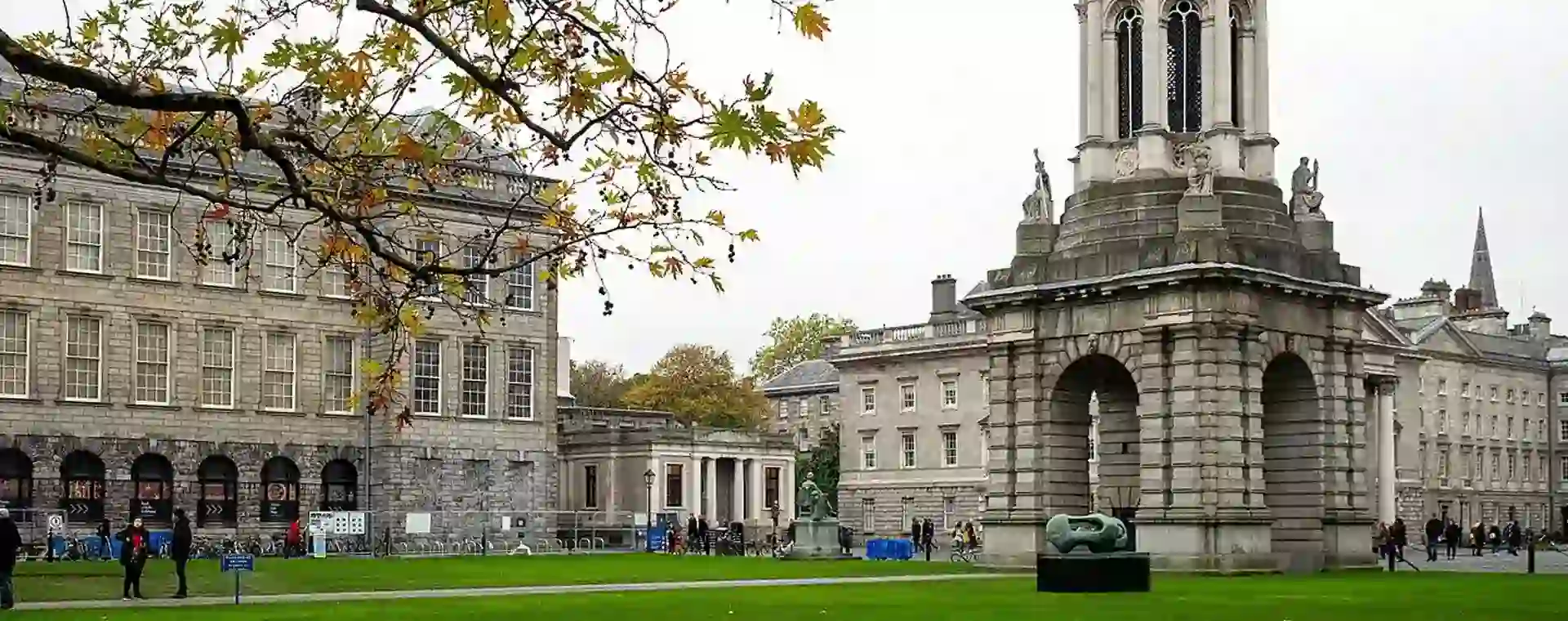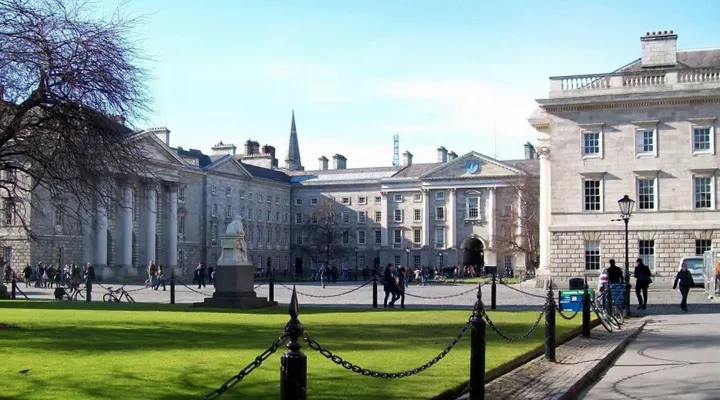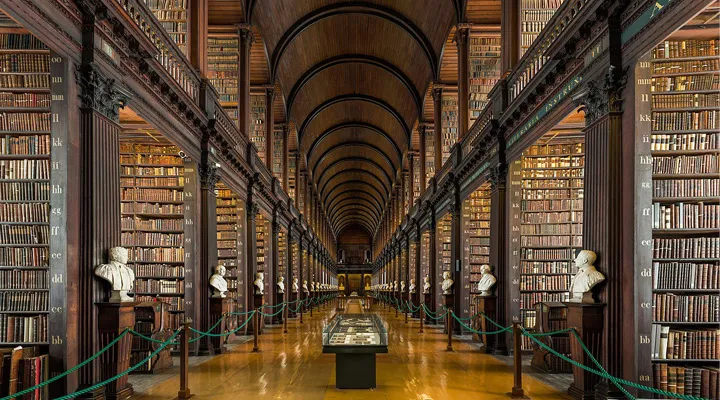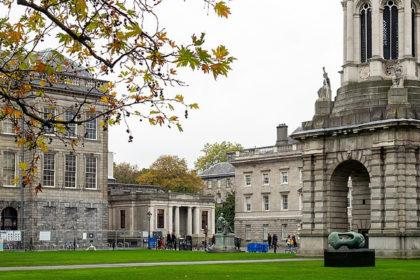What is Trinity College famous for?

With over 2 million visitors each year, Trinity College stands as one of Dublin’s most popular tourist attractions. Over the course of its 400-year lifespan, this historic university has become a landmark of the cityscape of Ireland’s capital. The walls of Trinity College have seen some of Ireland’s most revered and celebrated public figures, including writers, politicians, and Nobel Prize winners. While this architectural masterpiece is home to a plethora of modern art housed in the Douglas Hyde Gallery, the real beauty of Trinity College lies within the campus itself, and the history that goes along with it. In this article, we will explore just some of the history pertaining to Trinity College, in the hope you might choose to stop by on your next visit to Dublin!

History
During the time of Trinity College’s foundation in 1592, British university colleges were thriving, leaving Ireland without a centre of higher learning. This prompted the Archbishop of Dublin Adam Loftus to request permission from Queen Elizabeth I to from their own university in the interest of educating Irish scholars and clergy. The Queen ordered the creation of Trinity College in 1592 at the former Catholic monastery, the Priory of All Hallows. It’s important to note that Archbishop Loftus was a graduate of Cambridge’s Trinity College, which is where Dublin’s Trinity gets its name. As Dublin City transformed from a medieval town into Ireland’s established capital city, the reputation of Trinity and the stature of its alumni continued to grow.
Many notable alumni have walked the halls of Trinity College Dublin, and over the centuries the college has gained a reputation for nurturing some of Ireland’s finest homegrown literary talent. Renowned Irish writers such as Oscar Wilde, Samuel Beckett, Jonathan Swift, and Bram Stoker all studied at Trinity. In more modern times, Sally Rooney, the author behind the bestselling novel Normal People attended Trinity to study English literature. A number of Ireland’s most prominent politicians have also launched their careers from their time at the university, most notably two female former Presidents of Ireland, Mary Robinson and Mary McAleese. In addition to this, Activist Mairead Maguire, who was awarded the Nobel Peace Prize for her peacemaking work during the Troubles era, also attended Trinity.
However, Trinity was not always so accepting of all budding young academics. For example, women were not allowed to study there until 1904. Furthermore, Roman Catholics were banned from attending college for centuries as part of the widespread persecution that Catholics faced under British rule. In fact, during Oliver Cromwell’s conquest of Ireland in the 1650s, practicing Roman Catholics were banned from living in Dublin altogether, making education at Trinity College nothing more than a pipe dream. These rules and restrictions eased over time, with the college reforming its stance in 1793, as part of the rapidly changing political and religious landscape in Dublin.
In terms of architecture, Trinity College was in fact located outside of Dublin’s walls at the time of its founding. However, as the population grew, the medieval streets widened, and the cityscape grew larger. Trinity was eventually engulfed into the heart of the City Centre, where it stands today. The buildings located on the campus of the university reflect changes in the capital over the centuries. The brutalist design of the iconic Berkley Library stands in complete contrast with the ancient spires of the old building and the granite campanile, which was built in the college’s front square back in 1853. It’s worth noting that while visitors may choose to get close and personal with this iconic monument, students at the college tend to avoid it at all costs, largely due to an urban myth that says any student who passes underneath the tower as the bell is tolling is doomed to fail their end-of-year exams! Of course, on graduation day, a celebratory walk underneath the campanile has become a rite of passage.
Other notable buildings located on this breathtaking campus include the university’s library, the development of which has been a priority since the early 16th century. As a legal deposit library, Trinity is entitled to at least one copy of every single book published in Ireland and can request a copy of any book published in the UK. In 2008, a Science Gallery was opened to reflect Trinity’s scientific legacy, as the college often plays host to visiting dignitaries and academics. Simply put, Trinity College Dublin, which provides an education to over 17,000 students each year, is an unmissable and unforgettable experience, and certainly, one to see for yourself during your next outing to Dublin.




